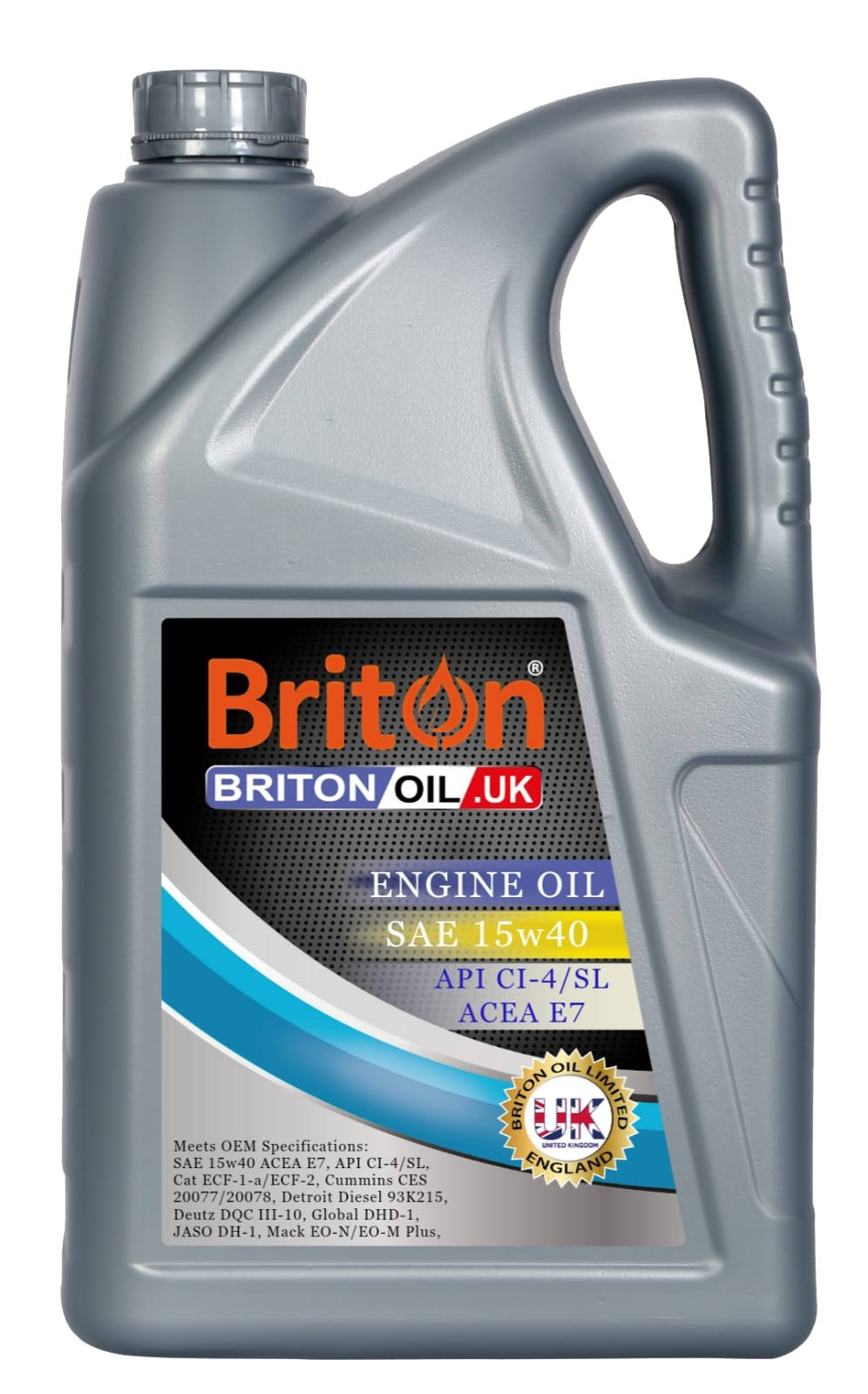Zinc Secondary Dialkyl Dithiophosphate CAS:84605-29-8
Zinc Secondary Dialkyl Dithiophosphate enhances anti-wear protection and oxidation resistance in lubricants. It ensures stable performance in automotive, marine, and industrial oils.

ZDDP
Zinc Secondary Dialkyl Dithiophosphate CAS:84605-29-8
Zinc Secondary Dialkyl Dithiophosphate is a high-performance additive designed for superior anti-wear protection, oxidation resistance, and oil stability. It keeps lubricants clean, extends service life, and ensures reliable performance under demanding conditions. Widely used in automotive, marine, and industrial oils for long-term durability and protection.
Packaging Size
1L
4L
5L
20L
205L
Description
Zinc Secondary Dialkyl Dithiophosphate (ZDDP) is a highly effective lubricant additive used for its anti-wear, anti-oxidation, and extreme pressure (EP) protection properties. It is commonly used in engine oils, hydraulic fluids, and gear oils, providing significant protection for critical engine components and industrial machinery.
Key Features
Anti-Wear Protection
- ZDDP forms a protective film on metal surfaces, especially under high-pressure conditions, preventing metal-to-metal contact. This reduces wear on critical engine components such as camshafts, lifters, and bearings.
Antioxidant Properties
- Acts as an antioxidant, slowing the oxidation process in the lubricant. This prevents the formation of harmful byproducts such as sludge, varnish, and other deposits that can degrade the lubricant and reduce engine performance.
Extreme Pressure (EP) Protection
- Under high-pressure conditions, ZDDP decomposes to form a protective sacrificial layer on metal surfaces. This layer absorbs wear, reduces friction, and protects against scuffing, especially in high-load or boundary lubrication conditions.
Improved Thermal Stability
- Secondary ZDDP provides superior thermal stability compared to traditional ZDDP, making it well-suited for high-temperature applications such as high-performance engines and heavy-duty industrial machinery.
Compatibility
- ZDDP is compatible with a wide range of base oils and other lubricant additives, though careful formulation is required to ensure optimal compatibility with other additives like detergents and dispersants.
Friction Modifier
- In addition to its anti-wear and antioxidant properties, ZDDP acts as a friction modifier, reducing friction between moving parts. This can help improve fuel efficiency and overall engine performance.
Applications
High-Grade Engine Oils
- ZDDP is widely used in gasoline and diesel engine oils to protect critical engine components such as camshafts and lifters, particularly in high-performance or heavy-duty engines.
Hydraulic Fluids
- Used in hydraulic fluids to provide wear protection and extend the life of hydraulic systems.
Transmission and Gear Oils
- Provides wear protection and reduces friction in gear oils and transmission fluids, ensuring smoother operation and extending the lifespan of gears and bearings.
Industrial Lubricants
- Commonly used in industrial lubricants to protect machinery components from wear and oxidation, ensuring reliability and durability in demanding conditions.
Benefits
Enhanced Engine Protection
- ZDDP’s anti-wear and EP properties help to significantly reduce wear on engine components, increasing their lifespan and improving engine reliability.
Oil Stability
- ZDDP helps maintain oil stability by inhibiting oxidation, preventing the breakdown of the lubricant and extending oil change intervals.
Improved Lubricant Performance
- Provides friction reduction, contributing to better fuel efficiency and overall engine performance.
Corrosion Resistance
- Protects against corrosion, ensuring that metal surfaces remain free from rust and degradation over time.
Environmental Concerns and Drawbacks
Impact on Catalytic Converters
- ZDDP has been reduced in use in recent years due to concerns about its impact on catalytic converters in modern gasoline engines. The phosphorus in ZDDP can coat the catalyst surface, reducing its efficiency and increasing harmful emissions.
Environmental Impact
- ZDDP can decompose during combustion into compounds that may be harmful to the environment, particularly aquatic life. As a result, there is a growing focus on developing more environmentally friendly alternatives.
Corrosiveness to Certain Metals
- In some cases, ZDDP may cause corrosion in certain bearing materials like silver and some copper alloys, which must be considered during formulation and application.
Depletion Under Extreme Conditions
- Under extremely high pressures or temperatures, ZDDP can deplete over time, reducing its effectiveness. This is particularly important in applications with highly demanding operating conditions.
Reference Dosage
- The typical dosage of Zinc Secondary Dialkyl Dithiophosphate in lubricant formulations is between 0.5% to 2.5%, depending on the specific requirements of the lubricant and the application.
Alternatives and Future Trends
Environmental Alternatives
- Due to concerns about ZDDP’s environmental impact, the development of alternative anti-wear additives that provide similar protection without the environmental drawbacks is underway.
Lower ZDDP Levels in Modern Lubricants
- Many modern engine oils now contain lower levels of ZDDP or use other additives such as molybdenum or boron-based compounds to replace or complement ZDDP while maintaining lubrication performance.
